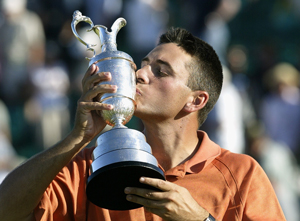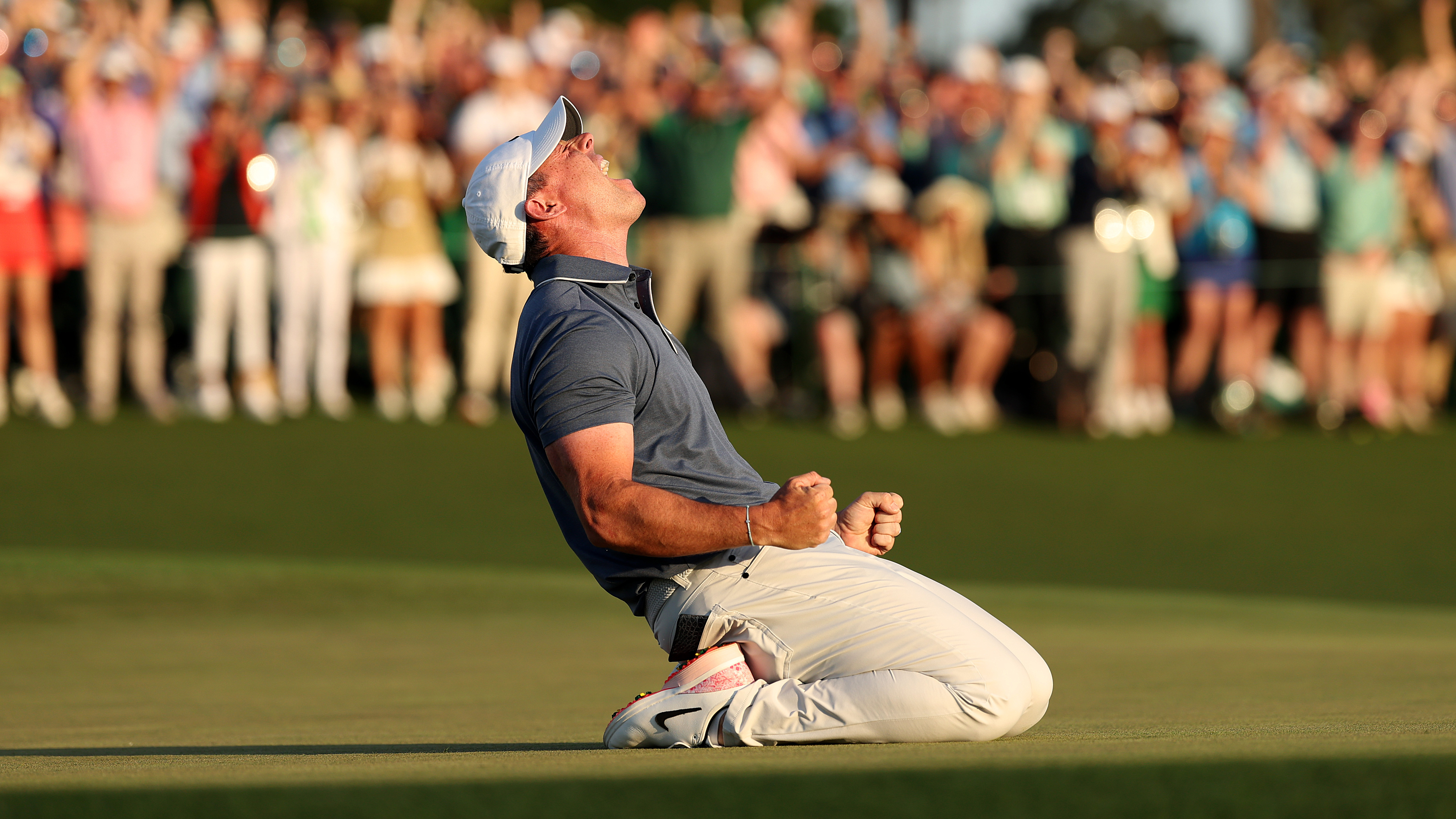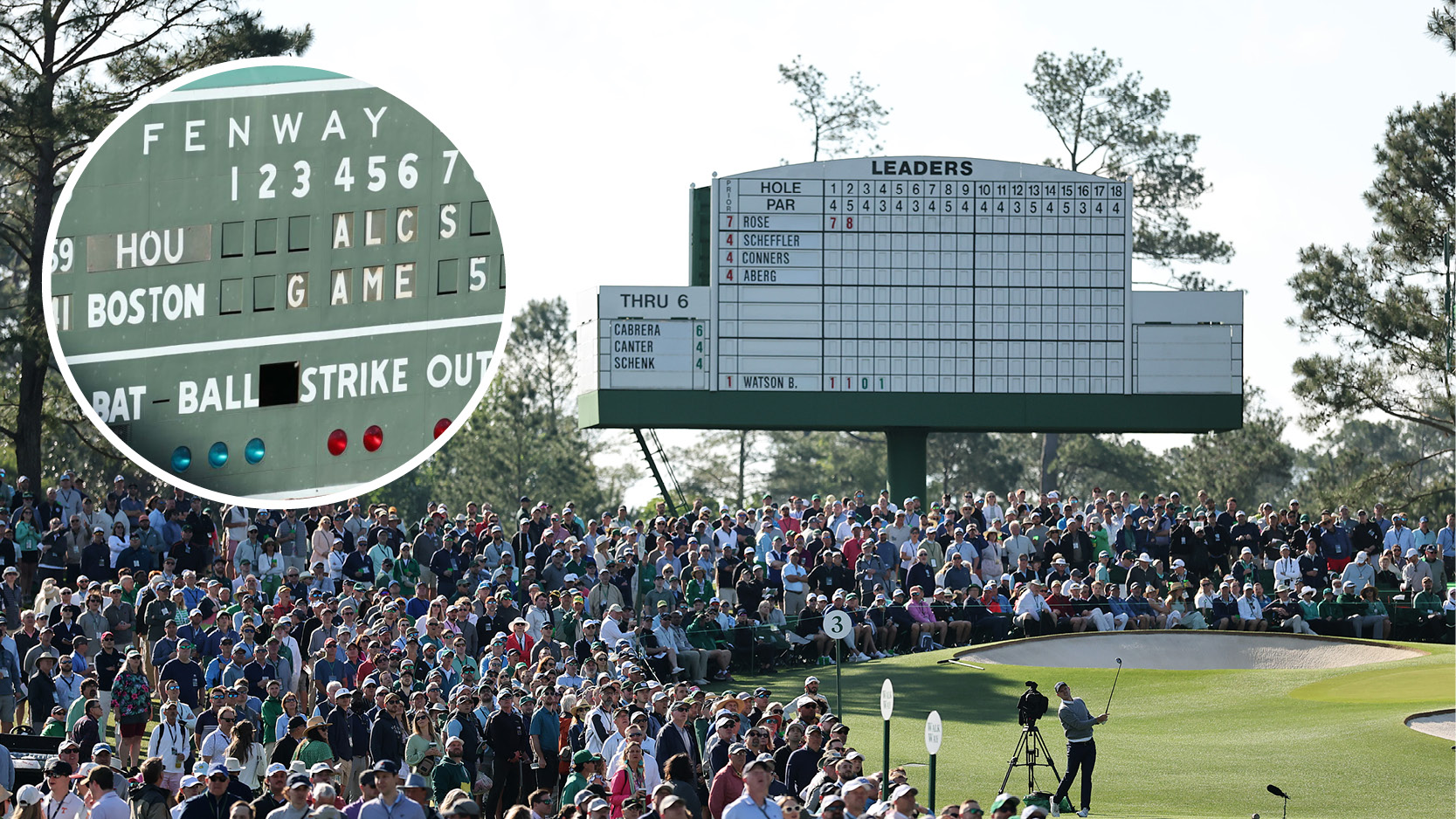Royal St George's Major history
With the Kent coast venue set to host the 140th Open Championship, we look back at Royal St George's Major history

Bernard Darwin, the foremost golf writer of his time, encapsulated the thoughts of many when describing the Club, often simply referred to as ‘Sandwich', as followers - "Sandwich has a charm that belongs to itself.... the long strip of turf on the way to the seventh hole that stretches between the sand-hills and the sea; a fine spring day, with the larks singing as they seem to sing nowhere else; the sun shining on the waters of Pegwell Bay and lighting the white cliffs in the distance; this is as nearly my idea of Heaven as it is to be attained on any earthly links."
Royal St. Georges links course in the truest sense. Very open, with barely a tree in sight and exposed to the elements. A rugged terrain presents the golfer with every type of lie, in fact many of the fairways resemble an angry sea swell dipping and rising in every direction. Tee shots and approach shots into the green can frequently be blind or certainly semi-blind and, having overcome these initial challenges, the large greens offer little respite.
In 1894, St. George's hosted the first Open Championship to be played outside Scotland, which was won by the great J.H. Taylor.
Five years later it was Vardon's turn, the first of his two Sandwich victories, the second coming in 1911, after a play-off with the Frenchman, Arnaud Massy who took the unusual step of conceding the Championship at the 35th hole when he was five shots behind.
The Open had returned to St. George's (now Royal St. George's) between Vardon's two victories, in 1904, when J.H. Taylor, already a triple champion, was again the acknowledged favourite. Jack White, however, who had a fine record in The Open, with his head bowed low over the ball, out-putted the field.
In 1922, George Duncan, needing a final round of 68 to tie with the great American Walter Hagen, played with brilliance but missed by one shot.
The Open was back at Sandwich in 1928 when Hagen won again, the trophy presented to him by the Prince of Wales. He has been the first American-born winner, but in the period between his first victory and 1934, the date of the next Sandwich Open, the Americans had prevailed on all but one occasion. So Henry Cotton's victory then enabled British golf to look at the rest of the world, and the United States in particular, squarely in the eye once again.
Get the Golf Monthly Newsletter
Subscribe to the Golf Monthly newsletter to stay up to date with all the latest tour news, equipment news, reviews, head-to-heads and buyer’s guides from our team of experienced experts.
Cotton played imperial golf for the first two rounds, scoring 67 and then the 65, which gave its mark to the Dunlop '65' golf ball. A tentative 72 followed on the morning of the final day, but he still held a lead of ten strokes. The start of the final round was delayed by some 15 minutes and Cotton retired to a small tent to wait for the call to the tee. When he emerged he was pale, beads of perspiration on the brow, and felt weak and sick.
Dropped shots on the first two holes contributed to an outward half of 40 and further lapses at the 10th, 11th and 12th made a British victory look ever more distant.
But a brilliant par 4 at the 13th "seemed to cheer me up and I relaxed a little for the first time in two hours." Later Cotton visited the ailing Harry Vardon in his hotel to show him the silver Claret jug he had won six times.
1938 was the year of the great storm, when a shrieking gale blew throughout the final day. Reg whitcombe, one stroke behind after two rounds, managed to complete the third day rounds in 75 and 78 to win by two despite taking four putts twice.
If 1938 was the year of the storm, then 1949 was the year of Bradshaw's bottle, when at the 5th in the second round the Irishman elected to play his ball, resting in a broken bottle, and taking 6. After four rounds he was tied with the South African, Bobby Locke, who went on to win the first of his four Opens in the play-off.
In 1981 Bill Rogers, a charming American enjoying a magnificent year - he had been runner up in the US Open three weeks before - took a lead of five shots into the last round and after a tentative start played a serene back nine to finish ahead of 23-year-old Bernhard Langer, with Raymond Floyd third.
Royal St. George's had passed the test with flying colours, with the Royal & Ancient satisfied enough to bring the tournament back just four years later, in 1985, when Sandy Lyle won the first of his two Majors. Birdies at the 14th and 15th in the last round had put him in the lead but a fluffed chip from Duncan's Hollow to the left of the 18th green put British hearts in mouths. The second chip was perfection and a short putt gave Lyle the victory by two shots.
Langer, third to Lyle in 1985, was, along with Nick Faldo, the principle threat to an imperious Greg Norman in 1993, who enjoyed the benign conditions of a course softened by heavy rain, and won with a four round total of 267, 13-under-par and an Open Championship record.
When The Open returned in 2003, the course had been toughened, with nine new championship tees and the par-5 14th extended by 50 yards to a new and treacherous green, extending the overall length to 7,106 yards. It was, however, the short 16th which provided the ultimate drama, where in the final round Thomas Bjorn of Denmark, with the Championship his for the taking, took three to come out of an innocent bunker to the right of the green.
Meanwhile the young Ben Curtis, maintaining a surprising calm throughout, had completed in 69 to set a target that overnight leaders, Davis Love, Vijay Singh, Tiger Woods and, of course, Bjorn failed to match. The Open returns to Sandwich this year, with the course lengthened to over 7,200 yards.
-
 Rory McIlroy Wins The Masters In Playoff To Complete Career Grand Slam
Rory McIlroy Wins The Masters In Playoff To Complete Career Grand SlamThe Northern Irishman battled past Ryder Cup teammate, Justin Rose to finally seal his first Masters title and become the sixth man to win all four men's Majors
By Jonny Leighfield Published
-
 Did You Know The Masters Leaderboard Was Inspired By Fenway Park?
Did You Know The Masters Leaderboard Was Inspired By Fenway Park?The Masters leaderboards are an iconic and historic part of the Augusta National Major, but did you know about its origins and how it operates today?
By Matt Cradock Published